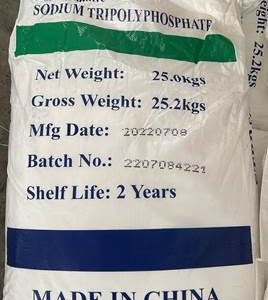Description
Chemical Overview
Glycerine, also known as glycerol, is a colourless, odourless and viscous liquid with the chemical formula C₃H₈O₃. This simple polyol compound is characterised by three hydroxyl (-OH) groups, which contribute to its distinctive sweetness and hygroscopic (water-attracting) properties.
Sources and Production
Derived from natural sources, such as vegetable oils and animal fats, and through synthetic chemical processes, glycerine is widely used in various industries.
Food Industry
Glycerine is widely used in the food industry as its humectant properties help retain moisture in food products, preventing them from drying out. It also aids in preventing sugar crystallisation, resulting in smoother textures in candies and chocolates. Additionally, glycerine’s mild sweetness makes it a suitable sugar substitute, while its thickening and stabilising properties enhance the texture of sauces, syrups, and dressings. Overall, glycerine plays a crucial role in improving the quality, taste, and shelf life of various food products.
Industrial and Commercial Applications
In pharmaceuticals and cosmetics, it serves as a humectant, moisturizer, and solvent in products like creams, soaps, and toothpaste. Additionally, it is used in industrial applications, such as in antifreeze formulations, as a plasticizer in plastics, and in the production of explosives like nitroglycerin. Non-toxic and biodegradable, glycerine is highly valued for its versatility, safety, and compatibility with other substances.





